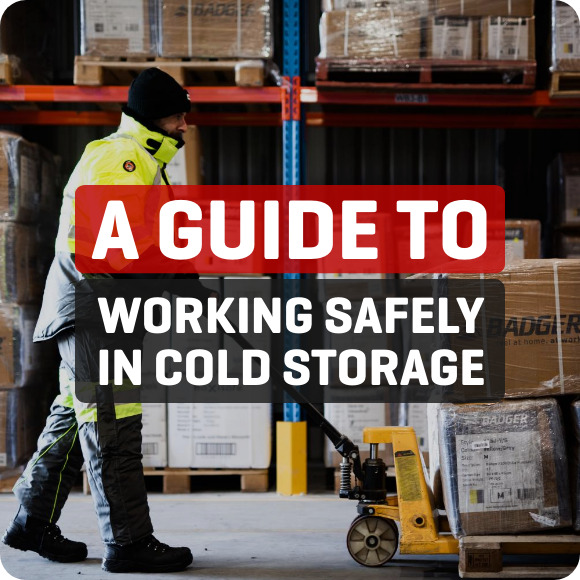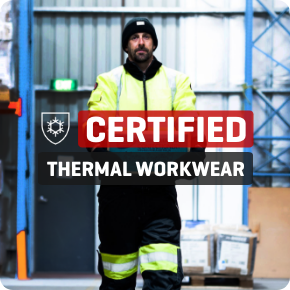The risks of freezing fingers – how the cold effects your hands and 6 ways to keep them warm!

The extreme and persistent temperatures of cold storage environments certainly pose a risk to the bodies of your staff – especially to their ‘extremities’ (hands and feet). This article will discuss the effect of the cold on your hands, the risks they are exposed to in extreme environments, and 6 ways to keep them safe and protected in sub-zero temperatures.
What does the cold do to your hands?
 When the core temperature of the human body decreases, it seeks to minimise heat loss by:
When the core temperature of the human body decreases, it seeks to minimise heat loss by:
- Constricting the blood vessels in the skin and underlying tissues, thus reducing the volume of blood reaching the skin and the amount of heat lost through convection,
- Focusing blood flow to vital organs and as the Dutch research paper The hand in the cold, performance and risk puts it, “physiologically amputating” extremities such as the hands, “drastically reducing blood flow through the hand”,
- Increasing your body’s metabolic heat production rate through intended movements/exercises/work or shivering.
If your hands are exposed to the cold for extended periods, these three factors combine, causing them to lose manual dexterity and be at risk of cold injury.
What are the risks of cold hands?
The impact of the cold on your hands leaves them vulnerable to cold injury if exposed for an extended time. The three predicted cold exposure risks discussed in the Dutch research article already referenced include:
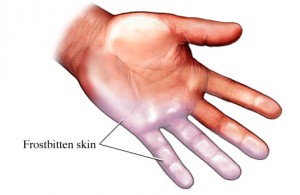 1. Skin freezing
1. Skin freezing
As the temperature of your fingers and hands decreases, there is a risk of the skin and underlying tissues freezing. This is commonly known as frostnip or frostbite and can have permanent effects as serious as gangrene and hypothermia. Symptoms of frostbite are discussed in detail in this NSW Health article and this comprehensive guide from Snow Sport Zone.
2. Performance and dexterity loss
The most evident impact of the cold on your hands is the loss of dexterity. The reduction in blood flow and decline in skin temperatures means your fingers can’t function properly and your reaction time slows. The impact on your hand’s performance poses a risk to you and those working with you. In a cold storage environment, some of these risks could be a decreased ability to control a forklift, leading to increased accidents. Read more about the dangers of forklifts in cold storage in this article. Another thing to keep in mind is that thermal gloves are often quite thick and may reduce dexterity further.
3. Cold contact risk
When your hands come in direct contact with cold surfaces or objects rather than cold air, the skin temperature can be drastically reduced. This will accelerate the previously discussed risks and seriously increase the likelihood of skin damage and dexterity loss.
6 ways you can keep your hands warm and protected
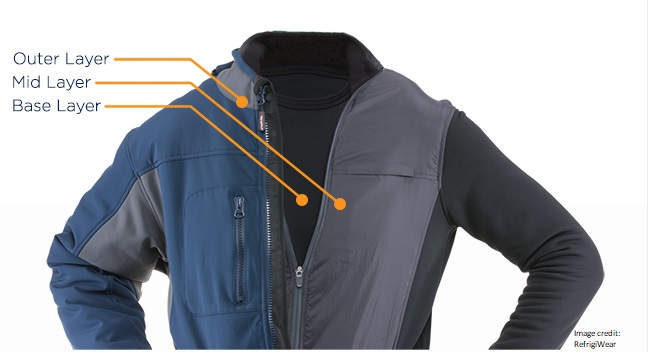
1. Keep your body core warm
As we’ve discussed already, a reduction in core body temperature “drastically reduces blood flow” to the extremities, including your hands and fingers. If you’re working cold storage, wearing suitable freezer wear (jackets & trousers) will help keep your core body temperature up, thus maintaining the blood flow to your fingers. Layering clothing is another great way to regulate your body temperature in extremely cold conditions
2. Choose suitable thermal gloves
The most effective protection against the cold for your hands is suitable thermal gloves. The ideal type of thermal glove depends on the conditions of the cold store you’re working in and the requirements of your job role. Do you need serious thermal insulation or dexterity, or a combination of both? The dexterity vs. warmth battle is discussed in this post. In general, choose something with a comfortable thermal lining (that isn’t cotton) and Thinsulate insulation if that doesn’t make the gloves too bulky for the tasks you need to complete.
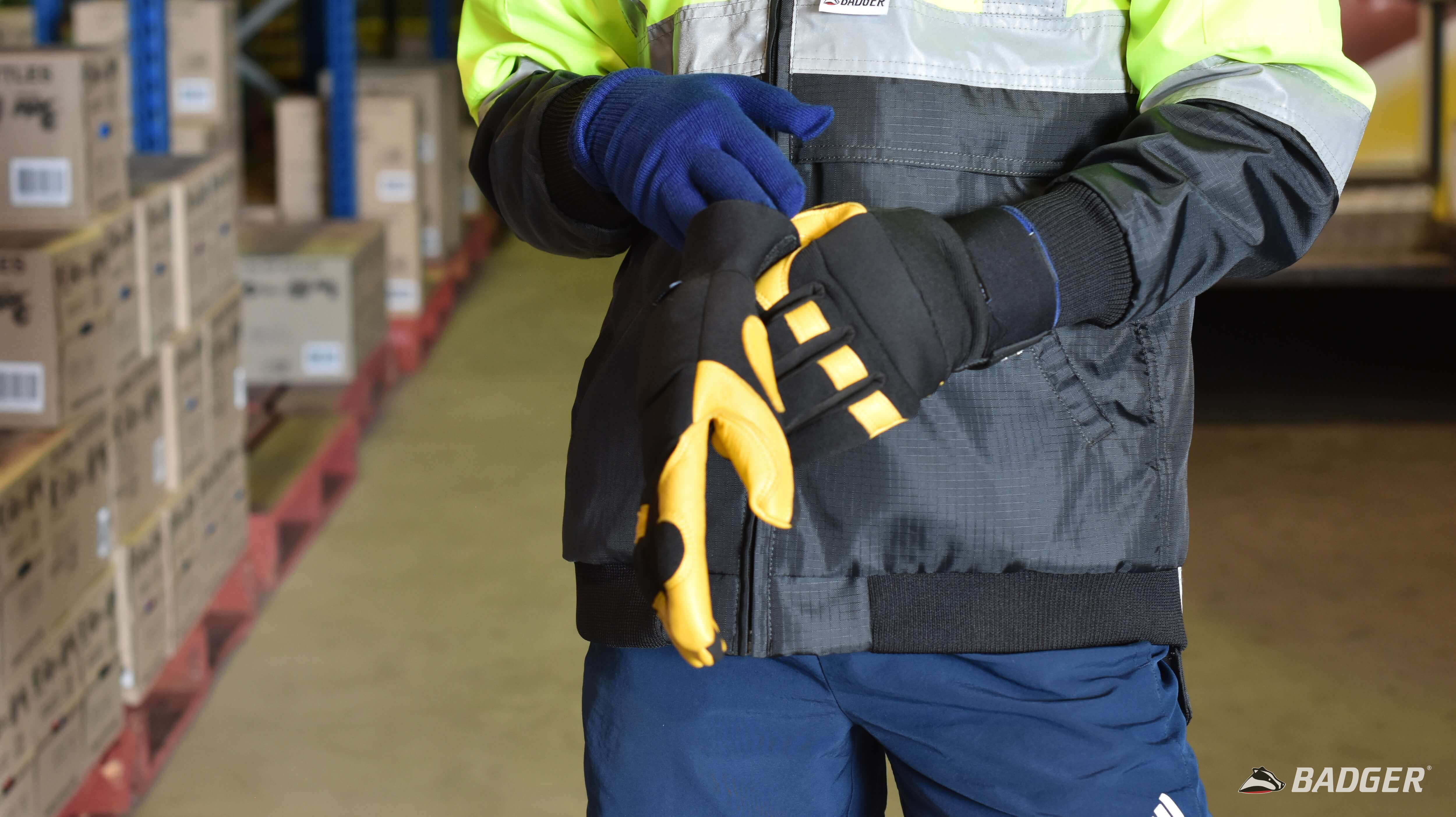
3. Wear glove liners
If one pair of gloves doesn’t suffice, wearing a pair of thermal liners adds an extra layer of insulation for your hands, trapping more air particles and warm air inside the gloves. If they are made from Thermolite yarn (not cotton), they will wick moisture away from the skin, keeping your hands dry.
4. Keep moving!
We’ve already discussed the body’s metabolic heat production rate and how it naturally tries to increase it by shivering as your body gets cold. Muscle contractions caused by movement (shivering or intentional movement) throw off heat, which helps the rest of the body stay warm.
You can intentionally keep this rate up by staying active and moving and through exercises that focus on forcing blood flow through your hands, such as clenching and unclenching your fists and ‘arm helicopters’.

5. Diet has an impact
While it may sound unrealistic or superficial, your diet can improve your circulation, and hence, help your hands stay warmer in cold environments. Foods high in sugar and salt reduce circulation, and superfoods such as garlic, ginger etc. are proven to do the opposite.
6. Use hand warmers if necessary
If your hands are still feeling cold with thermal gloves and glove liners on, you could try hand warmers. Hand warmers are generally single-use and can stay warm for up to 10 hours, meaning they’re great for extended periods of time in a cold store. They can be a pricey option in the long term, however.

